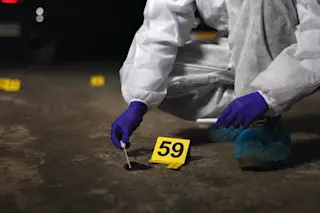Long before cats conquered the internet, two of the greatest physicists of our time — Erwin Schrödinger and Albert Einstein — devised what almost seems like an evil thought experiment.
It goes something like this: You have a cat in a completely sealed box impervious to any observation from outside. Inside is a kind of device involving a Geiger counter, poison, and radioactive material whose atoms may or may not enter a state of decay in equal probability over the course of an hour. If one atom does decay, the Geiger counter detects the radiation and triggers a hammer that breaks open the vial of poison, killing the cat. If no atom decays, then the cat lives.
Of course, the device was only theoretical. Schrödinger developed the scenario in a discussion with Einstein in response to misinterpretations of quantum mechanics at the time. It was a way to describe how ...















